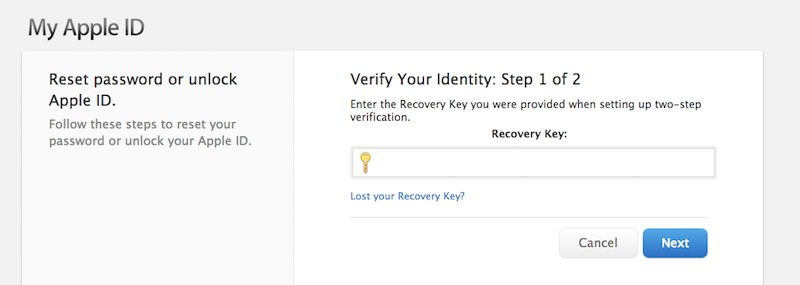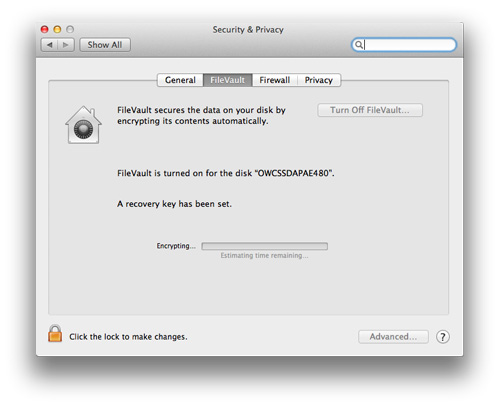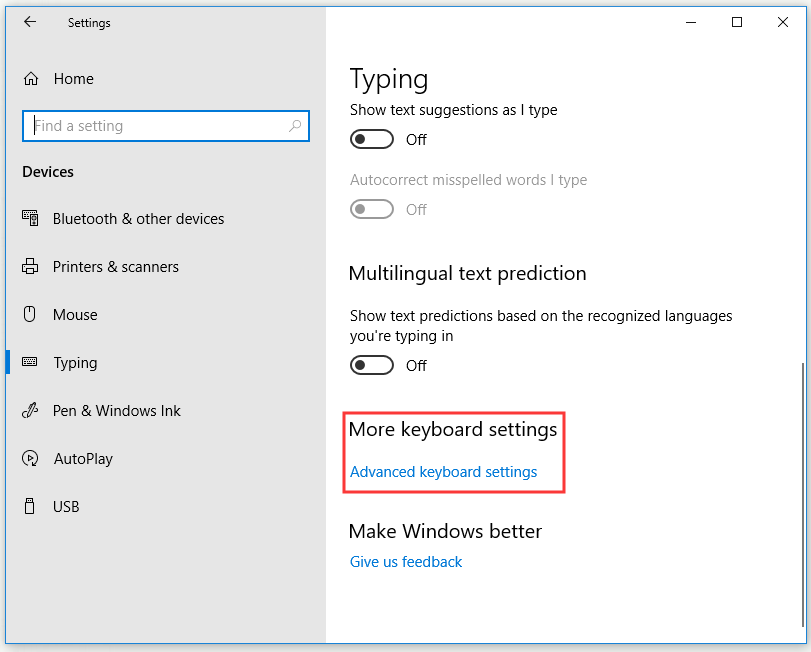

It’s better to find out you don’t have the key while you can still access the account, not once you’re locked out, because there’s no going back. It’s worth checking your recovery key is where you think you stored it, just in case.
You’re good to go – rest easy, you’re now protected. If you don’t do this, you can’t be sure the recovery key will work. 
Luckily, a next generation cloud identity management solution called JumpCloud® Directory-as-a-Service® has created an FDE Policy for Mac (and Windows BitLocker), and a key escrow service and recovery process that can help to mitigate enterprise deployment and storage of Recovery Keys. Enter it manually, from the piece of paper that you printed. A Tool to Manage Recovery Keys in the Cloud.
You’ll need to re-enter your recovery key to prove you have it. Ideally, not in your wallet or anywhere else that can be stolen. You’ll be given a new key make sure to print this out and store it somewhere securely this time. The browser will show the Web Company Portal and. Verify your identity using a trusted device or phone number Device users can select Devices > the encrypted and enrolled macOS device > Get recovery key. Log in with your normal Apple ID username and password.  Head over to and click “manage my Apple ID”. The good news is as long as you’re not locked out of your Apple ID, it’s easy to generate a new key for safe keeping. Yesterday we wrote of the perils of losing your Apple ID recovery key when two-factor is enabled and many of you wrote to us as you’d lost yours and didn’t know what to do.
Head over to and click “manage my Apple ID”. The good news is as long as you’re not locked out of your Apple ID, it’s easy to generate a new key for safe keeping. Yesterday we wrote of the perils of losing your Apple ID recovery key when two-factor is enabled and many of you wrote to us as you’d lost yours and didn’t know what to do.







 0 kommentar(er)
0 kommentar(er)
